
RCSV collaborates with Ho Chi Minh City Eye Hospital to develop national guidelines for myopia management in children
9 Sep, 2025
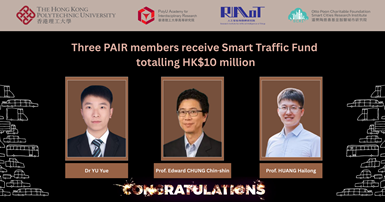
Three PAIR members receive Smart Traffic Fund totalling HK$10 million
9 Sep, 2025

PolyU and Li Ning Group jointly establish sports science research centre to advance sports science and industry innovation
8 Sep, 2025
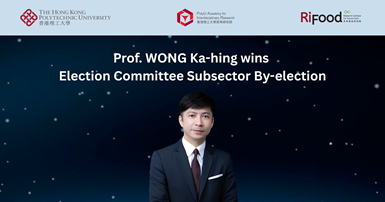
Prof. WONG Ka-hing wins Election Committee Subsector By-election
7 Sep, 2025
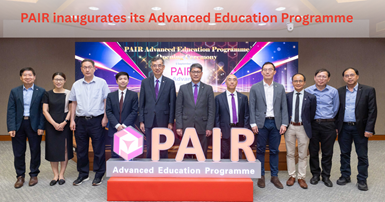
PAIR inaugurates its Advanced Education Programme
5 Sep, 2025
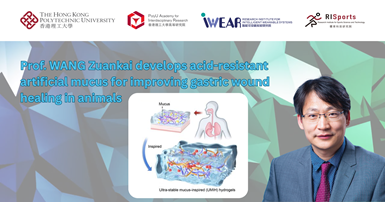
Prof. WANG Zuankai develops acid-resistant artificial mucus for improving gastric wound healing in animals
5 Sep, 2025
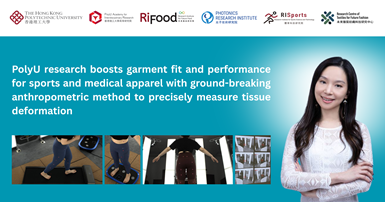
PolyU Research Boosts Garment Fit and Performance for Sports and Medical Apparel with Ground-breaking Anthropometric Method to Precisely Measure Tissue Deformation
3 Sep, 2025
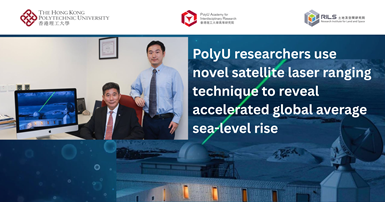
PolyU researchers use novel satellite laser ranging technique to reveal accelerated global average sea-level rise
1 Sep, 2025
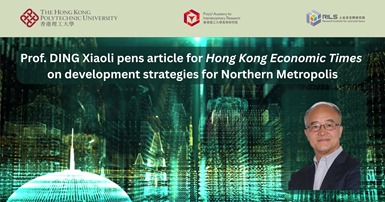
Prof. DING Xiaoli pens article for Hong Kong Economic Times on development strategies for Northern Metropolis
1 Sep, 2025
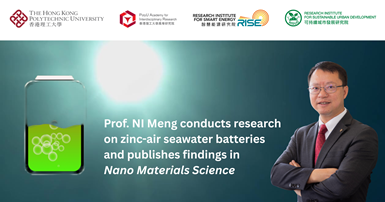
Prof. NI Meng conducts research on zinc-air seawater batteries and publishes findings in Nano Materials Science
29 Aug, 2025


